The cross is one of the oldest geometric symbols of humanity, which appeared long before the emergence of Christianity. Despite the obvious clarity for believers, it remains one of the most mysterious universal symbols. There is even an entire science that studies the forms and meanings of the cross as a sign – stavrography.
Unfortunately, during Soviet times, cross research was halted for many years. Even mentions of the word “cross” were removed from articles and books. Therefore, information about the ornaments is scarce. Crosses are divided into various types, but the main division is between male and female. And they differ. Men more often wore body crosses, i.e., those that were hidden from the eyes of others and were worn under clothing. Women, in addition to body crosses, wore crosses over clothing and necklaces. They showcased the cross as an aesthetic decoration, it was larger in size and was called a “chest” cross.
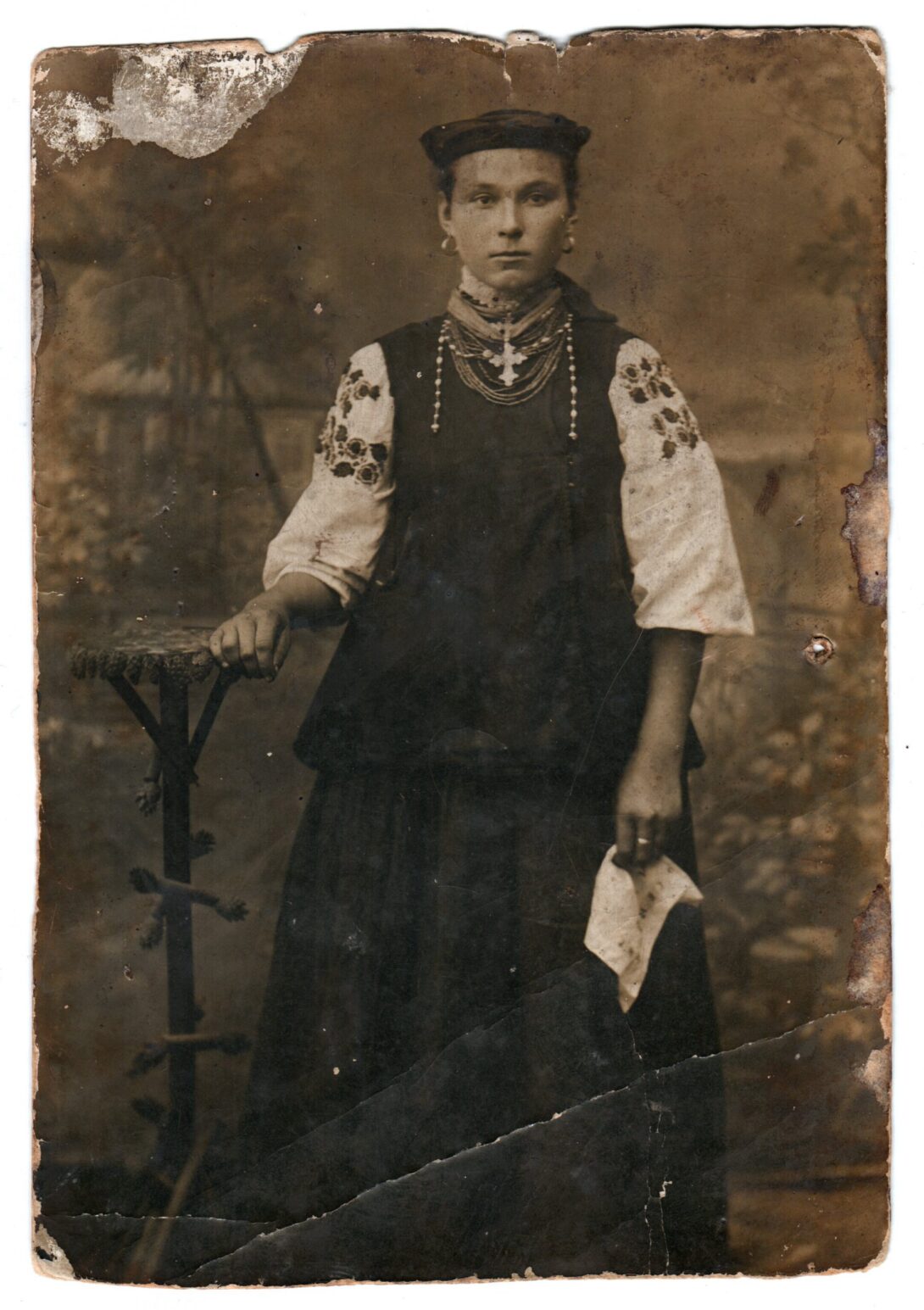
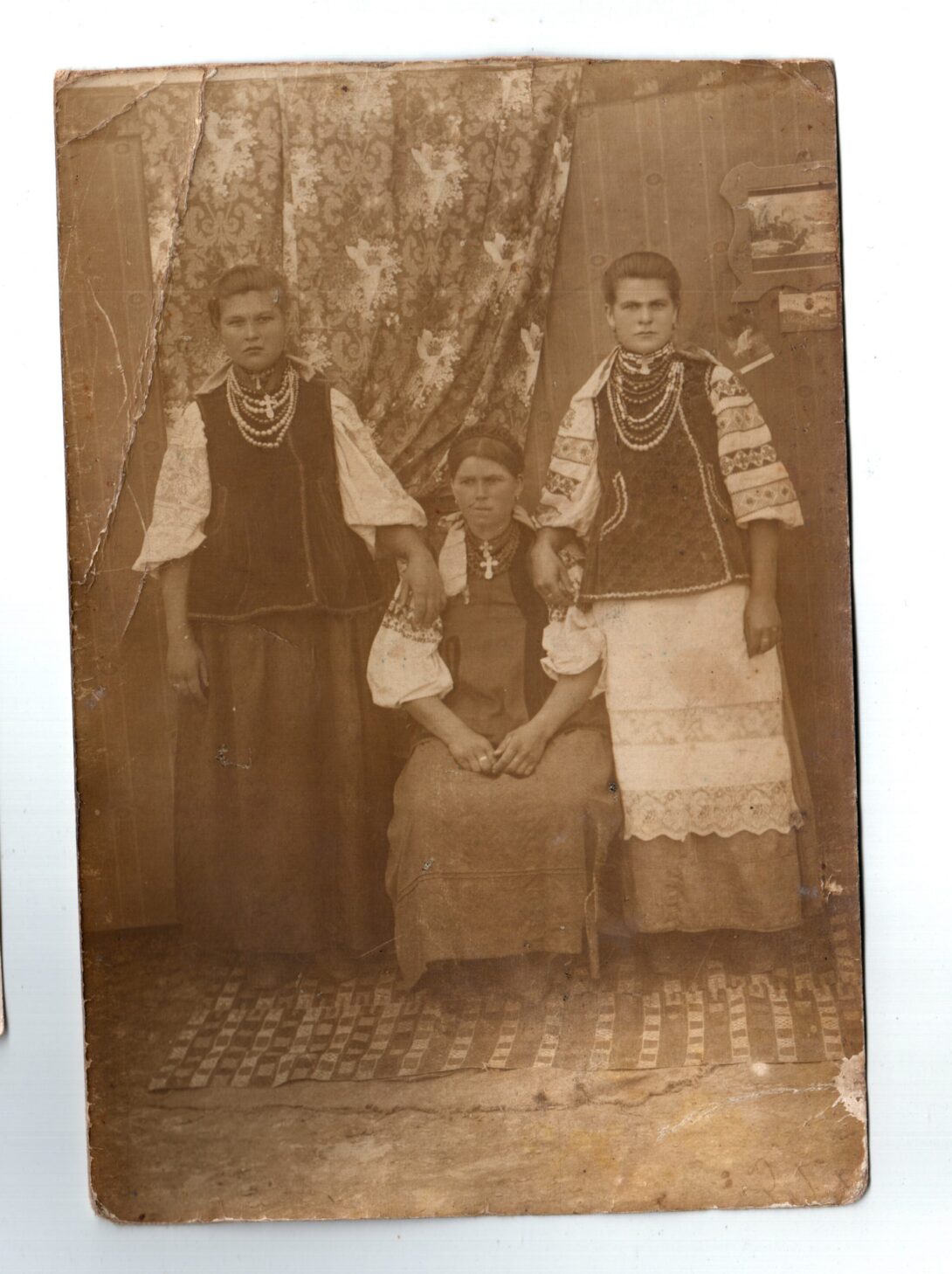
The cross accompanied a man throughout his life. Men wore copper, brass, and silver crosses on ordinary threads or chains. Everything depended on the owner’s status. The ancient body crosses were adorned with carvings, most often in the form of a plant ornament.
The portrait of an 18-year-old boy from Kyiv region – this poignant photo by Samiilo Dudin from the series “Ukrainians” in 1894 became our inspiration and source. The men’s cross ROOTS was created after its model. A one-sided plant pattern spreads branches from the center to the four cardinal points. Its edges are slightly wider and rounded, made of silver. It is considered a cross of the Cossack tradition.
This is a decoration of special significance. We have long dreamed of recreating a traditional cross for men to give them the opportunity to be closer to their roots, history, and culture.
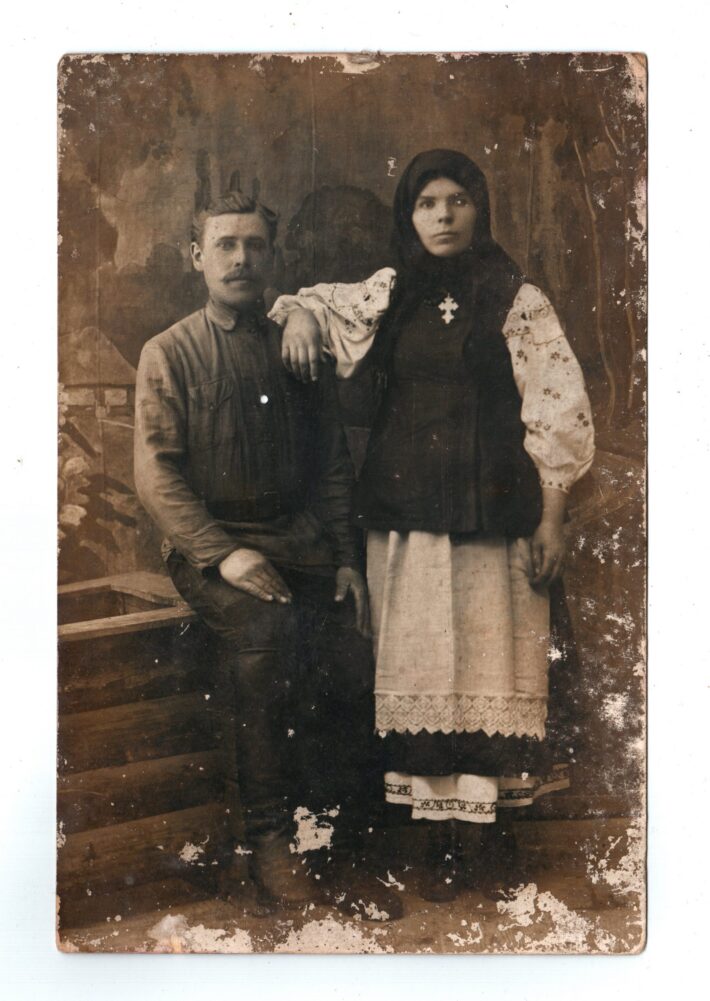
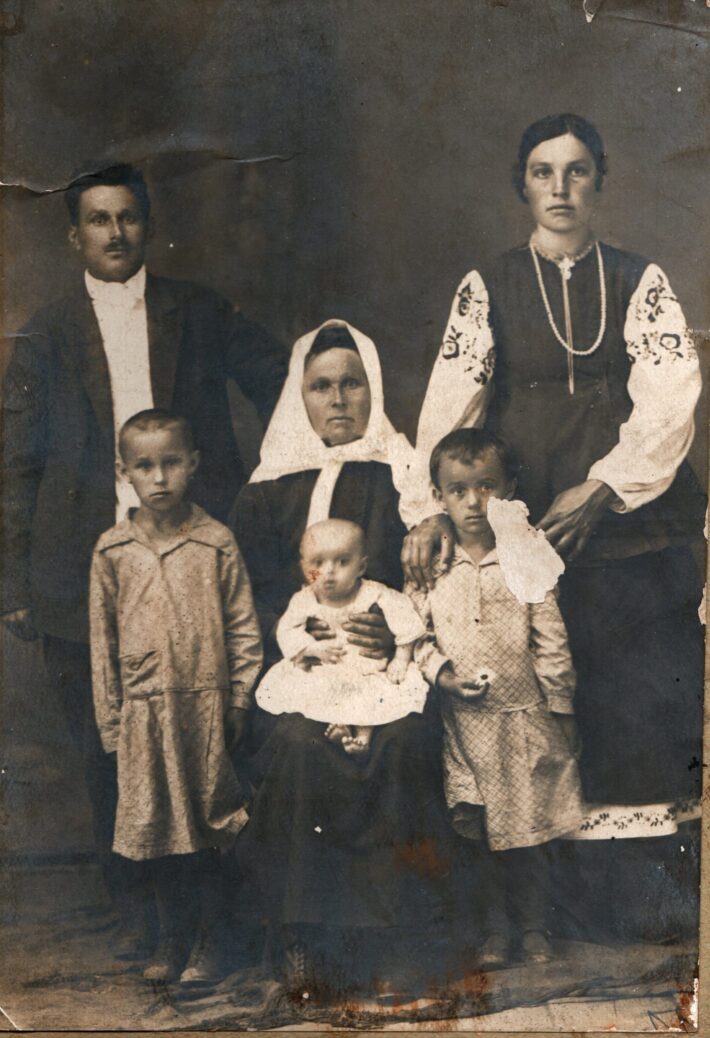
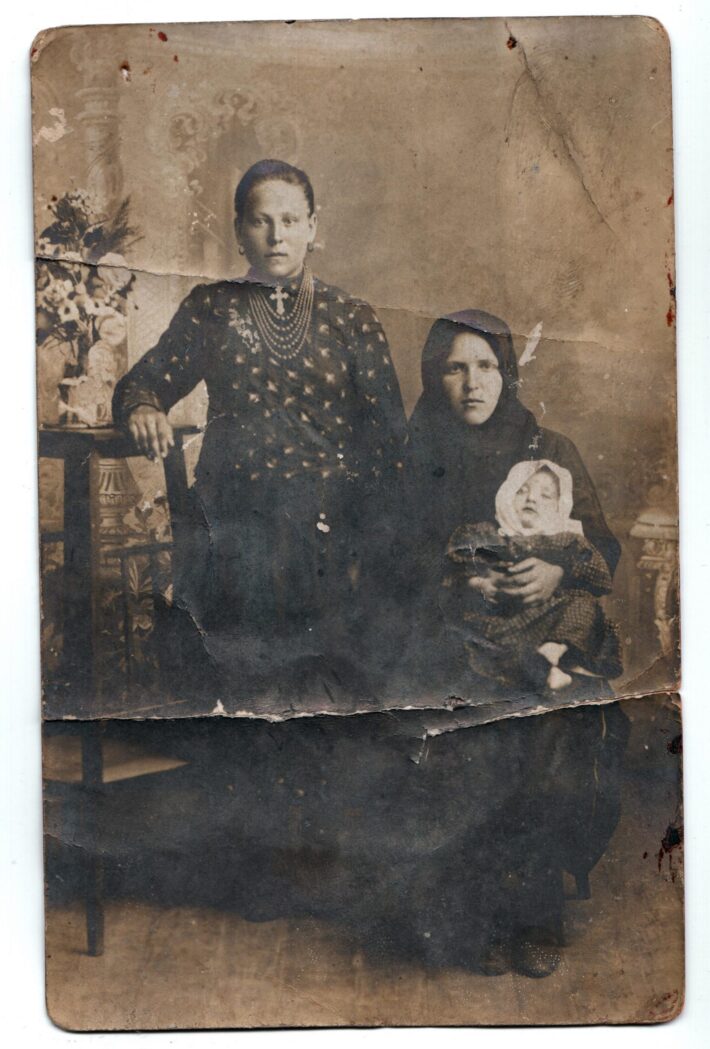
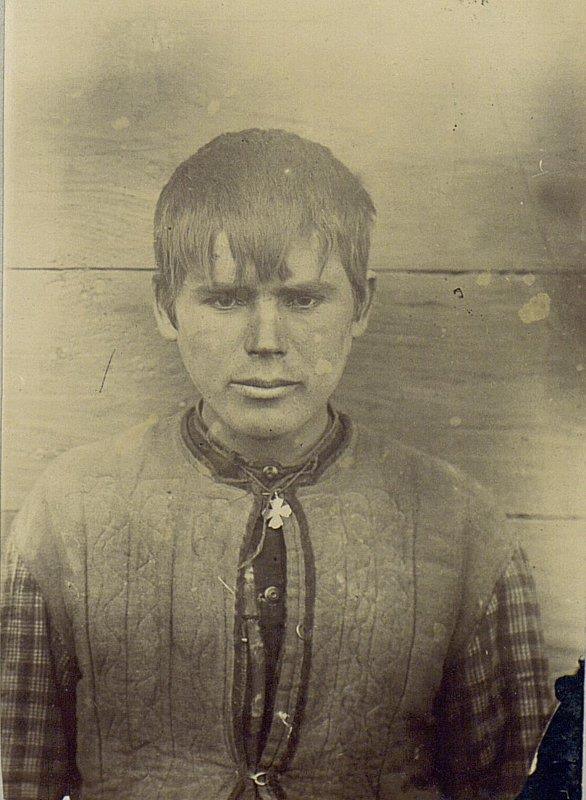
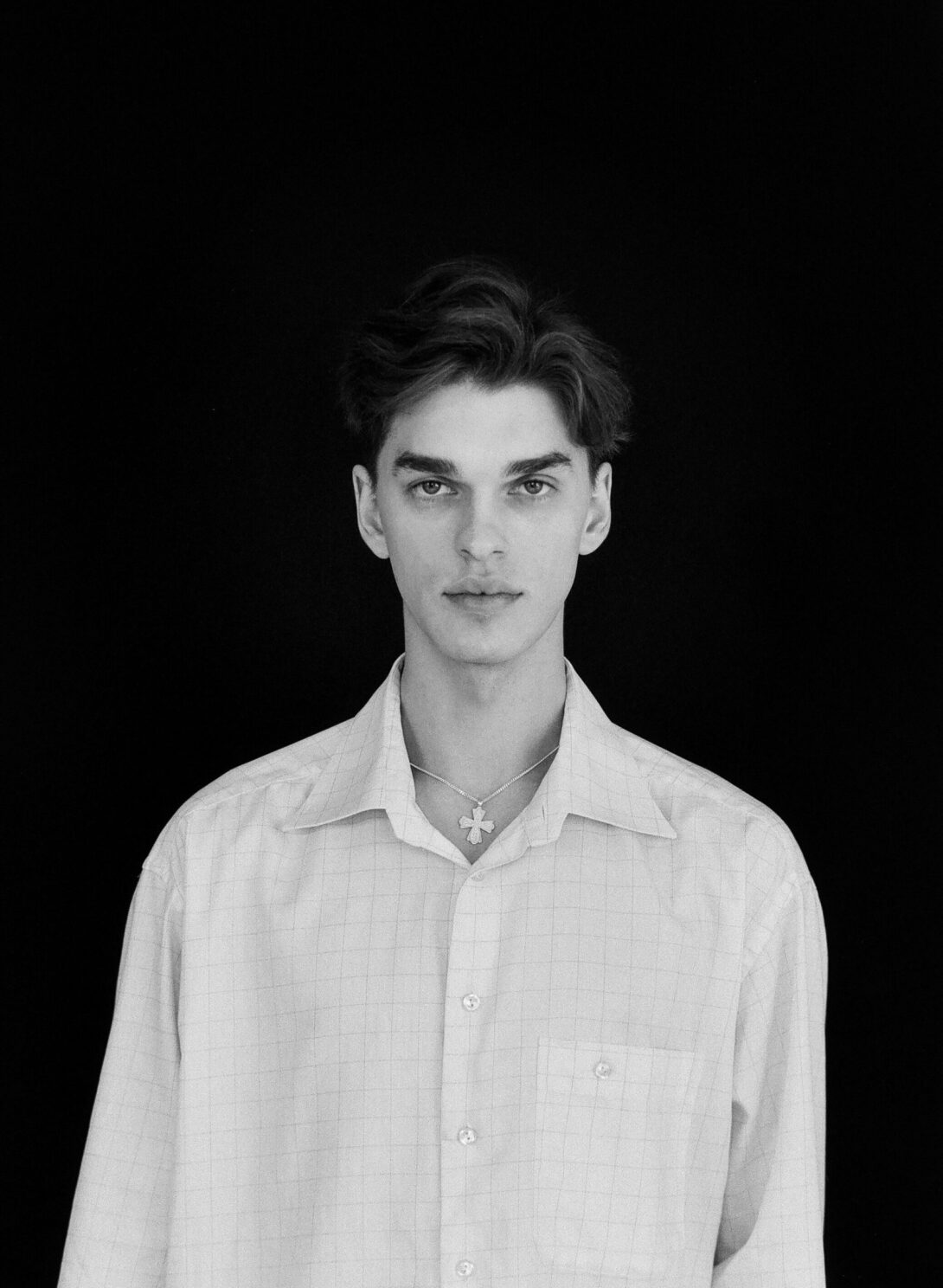
Women in Ukraine wore both body and chest crosses. The chest cross was worn over clothes, hence the name. It, like the dukach, was the central element of the jewelry composition and the social passport of the owner. They were made of copper, silver, or white alloy, using casting and stamping techniques. Engraved geometric patterns were complemented by openwork and enamel decor. The material, method of production, and decoration of the cross all spoke of the owner’s status. The larger and more luxurious the cross, the wealthier the woman. The ornament was worn on a chain or ribbon. Sometimes several were worn at once.
The women’s cross ROOTS has been recreated from a model from the Sumy region, where such an ornament was particularly popular. Made of silver, it has rounded edges and the lower part is slightly longer than the upper one. Inside, there is a Christogram, symbolizing the name of Jesus Christ and another cross. In addition to the four rays, it has as many between them. This composition is formed by combining the ordinary and St. Andrew’s crosses. The rays of St. Andrew’s cross are shorter. The main decoration is the floral ornament at the bottom.
Examining the chest crosses, you understand why they were worn on display. It is really an ornament and it captivates with its aesthetics. It is a part of the culture and worldview of Ukrainians, in which God and nature go side by side.
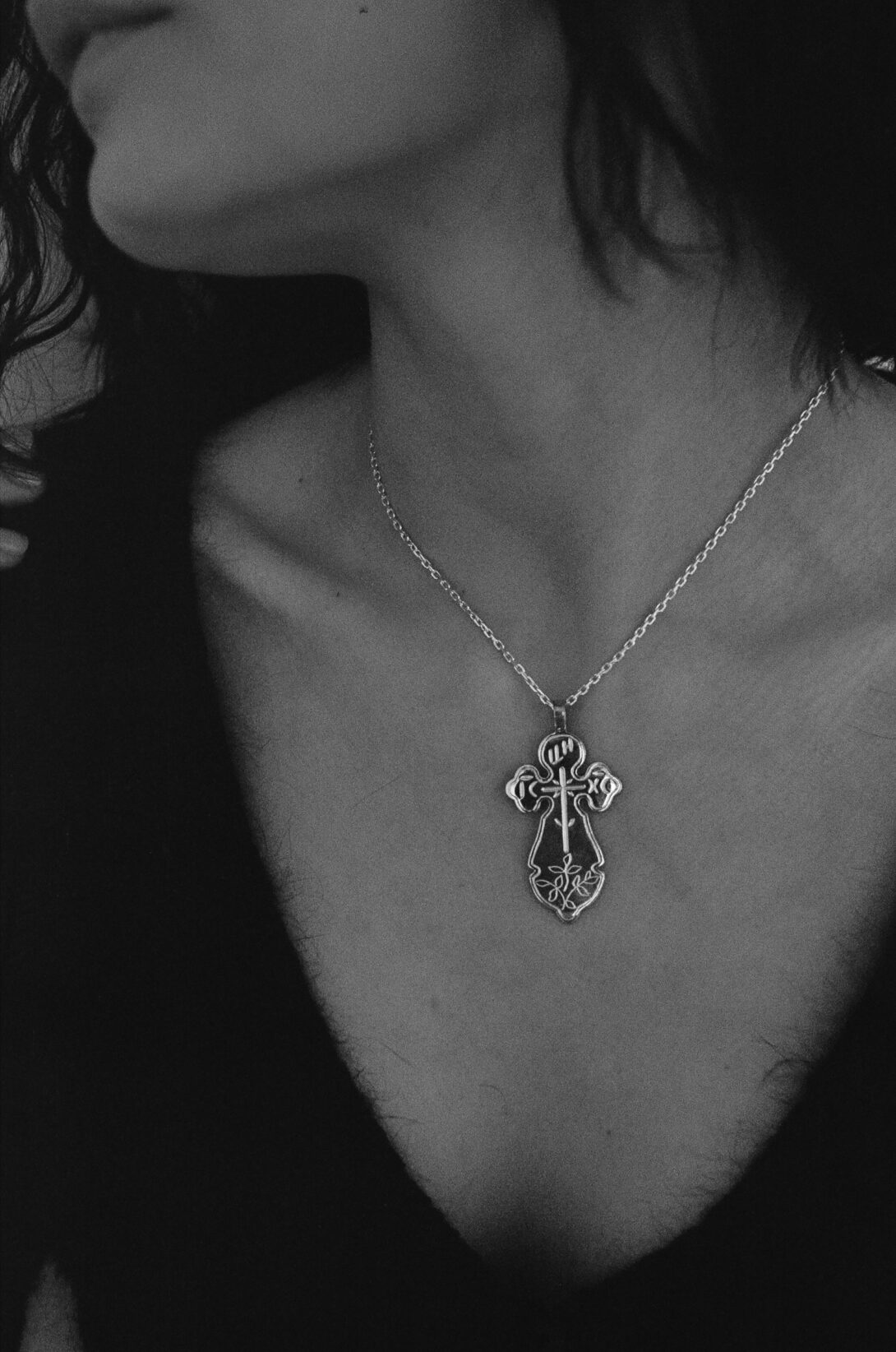
Photo: Women’s cross ROOTS, photo by Olena Karpuk